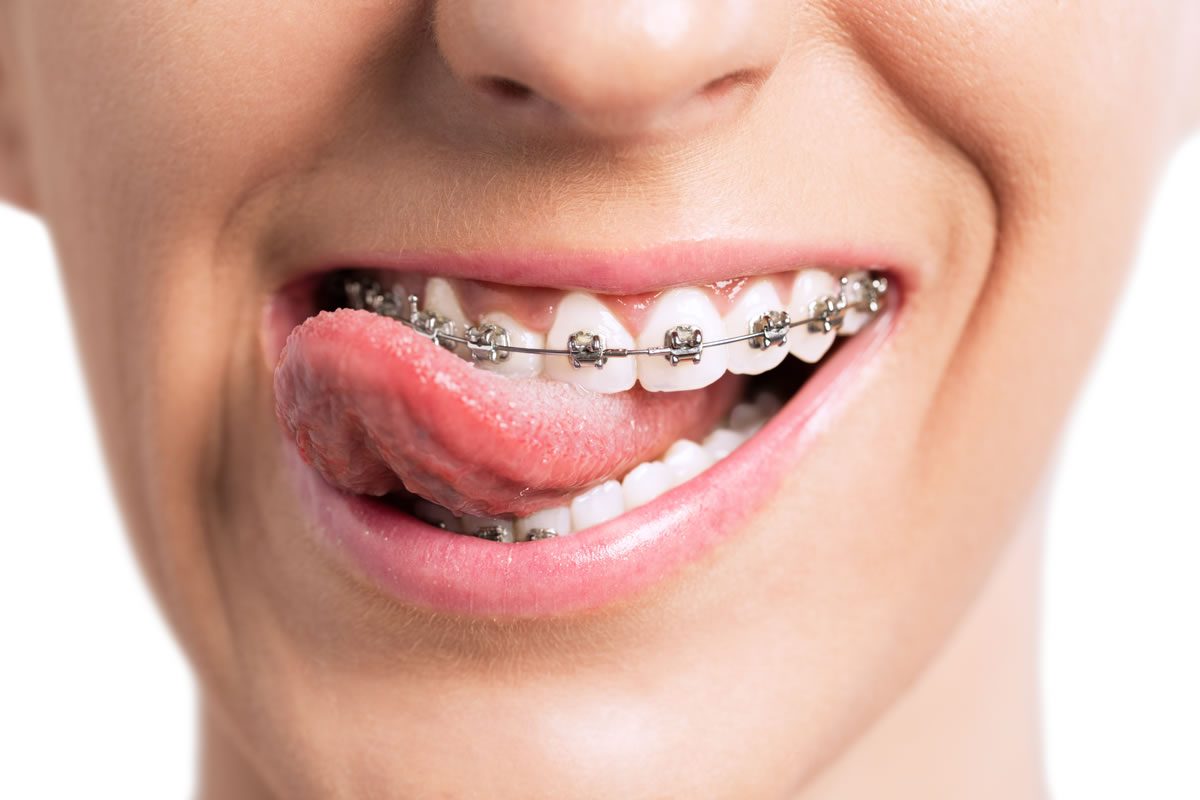Causey Orthodontics - An Overview
Table of ContentsCausey Orthodontics Things To Know Before You Get ThisNot known Facts About Causey OrthodonticsSome Ideas on Causey Orthodontics You Need To KnowCausey Orthodontics Things To Know Before You Get ThisGetting The Causey Orthodontics To Work
Ignoring occlusal partnerships, it was normal to eliminate teeth for a selection of oral issues, such as malalignment or congestion. The idea of an undamaged teeth was not widely valued in those days, making bite correlations appear unimportant. In the late 1800s, the principle of occlusion was necessary for producing reputable prosthetic replacement teeth.As these principles of prosthetic occlusion advanced, it ended up being an indispensable tool for dental care. It was in 1890 that the job and effect of Dr. Edwards H. Angle began to be felt, with his payment to modern-day orthodontics specifically notable. Concentrated on prosthodontics, he taught in Pennsylvania and Minnesota prior to routing his attention towards oral occlusion and the therapies needed to preserve it as a regular condition, therefore coming to be known as the "daddy of modern orthodontics".

The concept of optimal occlusion, as postulated by Angle and incorporated right into a category system, allowed a shift in the direction of dealing with malocclusion, which is any discrepancy from normal occlusion. Having a complete collection of teeth on both arches was very searched for in orthodontic treatment due to the demand for precise relationships in between them.
A Biased View of Causey Orthodontics
As occlusion came to be the key priority, facial proportions and visual appeals were disregarded - family orthodontics. To attain excellent occlusals without making use of exterior pressures, Angle postulated that having ideal occlusion was the most effective way to acquire maximum face visual appeals. With the death of time, it came to be quite obvious that also an outstanding occlusion was not ideal when considered from an aesthetic perspective
Charles Tweed in America and Raymond Begg in Australia (who both studied under Angle) re-introduced dentistry extraction into orthodontics during the 1940s and 1950s so they can improve face esthetics while also ensuring far better security worrying occlusal connections. In the postwar period, cephalometric radiography started to be utilized by orthodontists for determining modifications in tooth and jaw position brought on by development and treatment. It ended up being apparent that orthodontic therapy could readjust mandibular growth, causing the development of practical jaw orthopedics in Europe and extraoral force actions in the United States. These days, both functional appliances and extraoral tools are used around the globe with the aim of modifying development patterns and types. As a result, pursuing real, or at the very least improved, jaw relationships had actually ended up being the main purpose of therapy by the mid-20th century.
4 Simple Techniques For Causey Orthodontics
 The American Journal of Orthodontics was developed for this purpose in 1915; prior to it, there were no scientific goals to adhere to, neither any precise category system and braces that lacked functions. Till the mid-1970s, braces were made by wrapping steel around each tooth. With advancements in adhesives, it ended up being feasible to rather bond metal brackets to the teeth.
The American Journal of Orthodontics was developed for this purpose in 1915; prior to it, there were no scientific goals to adhere to, neither any precise category system and braces that lacked functions. Till the mid-1970s, braces were made by wrapping steel around each tooth. With advancements in adhesives, it ended up being feasible to rather bond metal brackets to the teeth.Andrews gave an insightful meaning of the excellent occlusion in permanent teeth. This has had meaningful impacts on orthodontic therapies that are carried out regularly, and these are: 1. Appropriate interarchal connections 2. Right crown angulation (pointer) 3. Appropriate crown inclination (torque) 4. No rotations 5. Tight contact points 6. Flat Contour of Spee (0.02.5 mm), and based upon these concepts, he uncovered a therapy system called the straight-wire device system, or the pre-adjusted edgewise system.
The advantage of the design hinges on its brace and archwire mix, which calls for just very little cable bending from the orthodontist or clinician (Causey Orthodontics). It's aptly called hereafter function: the angle of the slot and thickness of the brace base eventually identify where each tooth is situated with little demand for additional manipulation
Some Known Facts About Causey Orthodontics.
Both of these systems used similar braces for every tooth and necessitated the flexing of an archwire in three airplanes for situating teeth in their preferred positions, with these bends dictating ultimate placements. When it comes to orthodontic home appliances, they are divided right into two kinds: removable and dealt with. Removable devices can be handled and off by the patient as needed.

Hence, mostly all contemporary set home appliances can be thought about variants on this edgewise home appliance system. Early 20th-century orthodontist Edward Angle made a major payment to the world of dental care. He produced 4 unique appliance systems that have actually been used as the basis for several orthodontic treatments today, preventing a few exemptions.
The 4-Minute Rule for Causey Orthodontics

The cable ended in a thread, and to relocate onward, a flexible nut was made use of, which enabled an increase in circumference. By ligation, each individual tooth was affixed to this extensive archwire (orthodontist services). As a result of its minimal array of movement, Angle was incapable to achieve specific tooth placing with an E-arch
These tubes held a soldered pin, which can be repositioned at each consultation in order to move them in position. Called the "bone-growing appliance", this gizmo was theorized to urge healthier bone development due to its possibility for transferring pressure directly to the origins. However, applying it proved frustrating in truth.